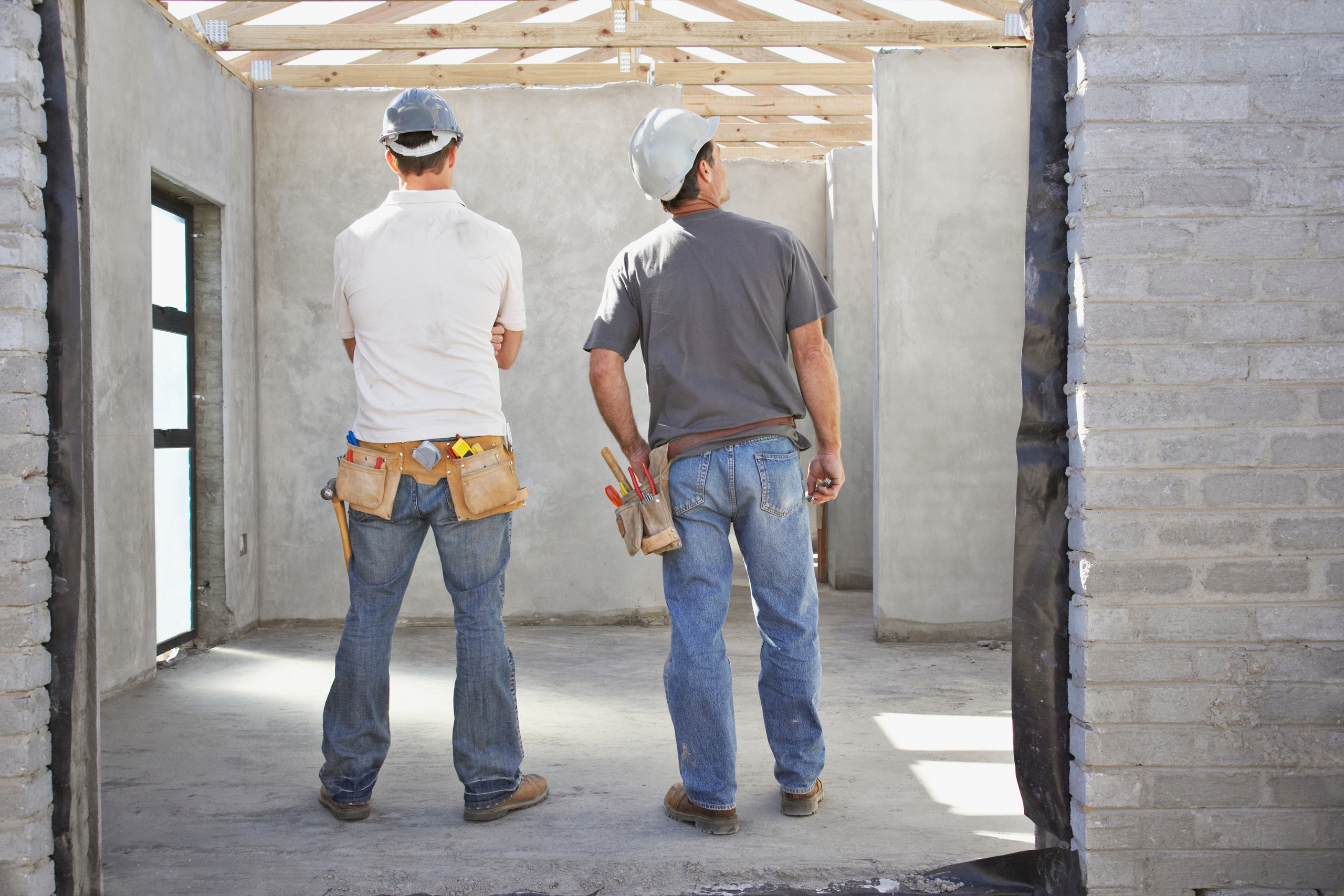As the world continues to focus on climate change and environmental preservation, sustainability in construction has become a top priority. The construction industry is one of the largest contributors to global carbon emissions, but it also has the potential to lead the charge toward a more sustainable future. Incorporating sustainable practices into construction not only reduces environmental impact, but also offers long-term cost savings, improved energy efficiency, and healthier living and working environments. At Perkins Critser Construction, our Midwest general contractors are committed to using eco-friendly practices in every project!
Using sustainable building materials
One of the easiest ways to reduce the environmental impact of a construction project is by choosing sustainable building materials. This includes using materials that are renewable, recyclable, or locally sourced, which reduces the energy and resources needed for transportation. Examples of sustainable materials include:
Recycled steel and concrete
These materials reduce the need for new raw materials, which cuts down on mining and processing impacts. Using recycled materials for framing and foundations is an effective way to decrease the project’s carbon footprint.
Bamboo
Known for its fast growth and durability, bamboo is an excellent alternative to traditional timber. It can be used for flooring, panels, and even structural elements.
Sustainable insulation
Using eco-friendly insulation materials like cellulose (made from recycled paper), sheep wool, or hemp can help reduce energy use in buildings.
Energy efficiency and green building design
Energy-efficient building design is another essential sustainable practice. By creating spaces that consume less energy, we reduce both operating costs and carbon emissions. Some key elements of energy-efficient design include:
Passive solar design
Incorporating features like large south-facing windows, thermal mass materials (such as concrete), and strategic shading can help buildings naturally heat and cool themselves, reducing reliance on heating and air conditioning.
High-performance HVAC systems
Installing energy-efficient heating, ventilation, and air conditioning systems that use less energy to maintain optimal indoor air quality and temperature.
Energy-efficient lighting
Replacing traditional lighting with LED lights, which consume less energy and last longer, is a simple yet impactful way to reduce energy consumption.
By focusing on these energy-efficient features, construction projects can reduce their overall energy demand, which can provide long-term savings for building owners.
Water conservation
Water conservation is a critical aspect of sustainability, especially in areas where water resources are limited. Sustainable construction practices include:
Low-flow fixtures
Installing low-flow toilets, faucets, and showerheads to reduce water consumption without compromising performance.
Rainwater harvesting
Systems that collect and store rainwater for irrigation and other non-potable uses can significantly reduce a building’s water demand.
Landscaping with native plants
Using drought-tolerant, native plants in landscaping reduces the need for regular watering, helping to conserve water while maintaining beautiful outdoor spaces.
Waste reduction and recycling
Construction waste contributes significantly to landfills, but there are ways to minimize this impact:
Construction waste division
Construction projects can divert a significant amount of waste from landfills by implementing waste sorting on-site and working with recycling facilities. This includes recycling wood, metal, concrete, and cardboard.
Modular construction
Prefabricating components off-site in controlled environments allows for precise cuts and reduces material waste. This approach also shortens construction timelines, further reducing energy and resource consumption.
Indoor air quality and healthier spaces
Sustainable construction goes beyond just environmental impact; it also promotes healthier spaces for the people who live and work in them. Key strategies include:
Low-VOC materials
Using paints, finishes, and adhesives with low volatile organic compounds (VOCs) improves indoor air quality by reducing harmful emissions.
Natural ventilation
Designing buildings with natural ventilation in mind can improve air quality and reduce the need for mechanical cooling systems.
Contact our Midwest general contractors
Sustainable construction practices are no longer optional—they are a necessity. As we continue to face global environmental challenges, it’s crucial that we adopt strategies that minimize resource consumption, reduce waste, and create healthier, more energy-efficient buildings. At Perkins Critser Construction, our Midwest general contractors are committed to implementing sustainable practices in every project, ensuring that we build a greener, more efficient future for all.
Sustainability is at the core of everything we do, whether it’s selecting the right materials, optimizing energy efficiency, or reducing waste. If you’re planning your next construction project, contact us today to learn more about how sustainable practices can benefit your build!



